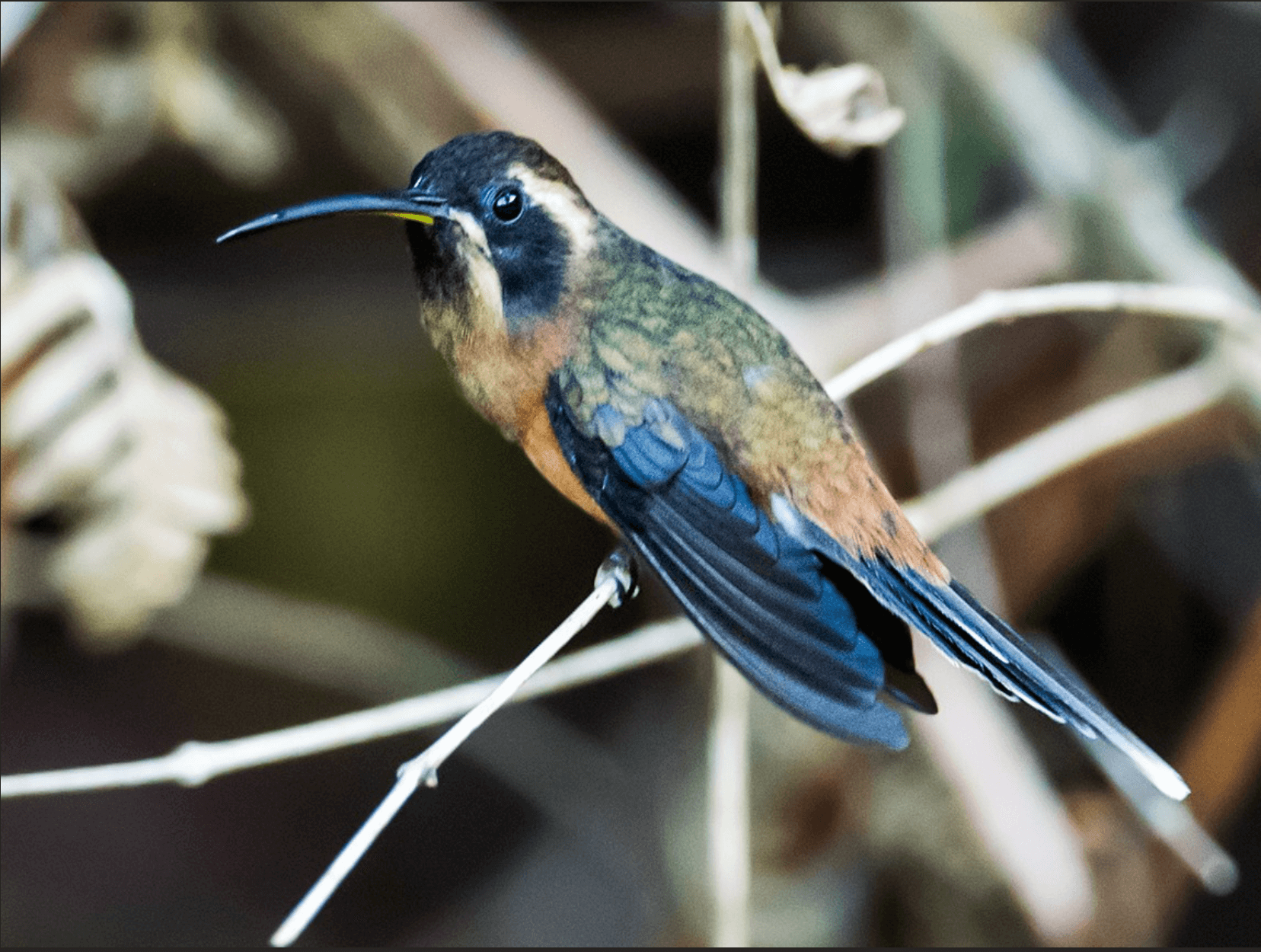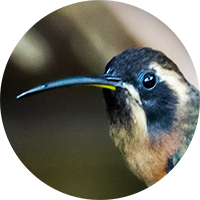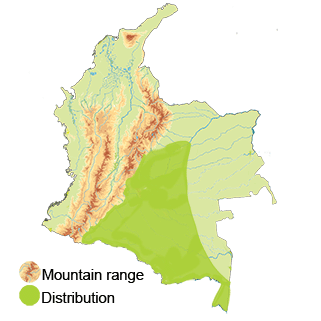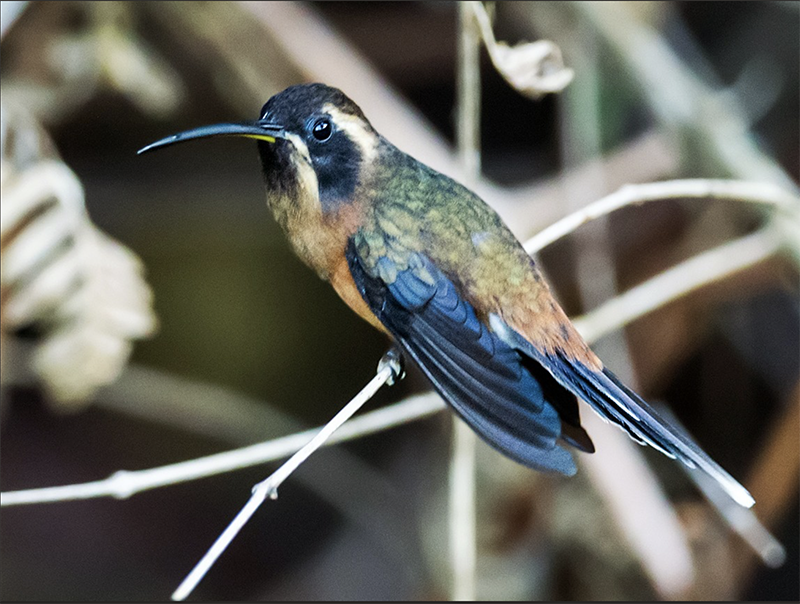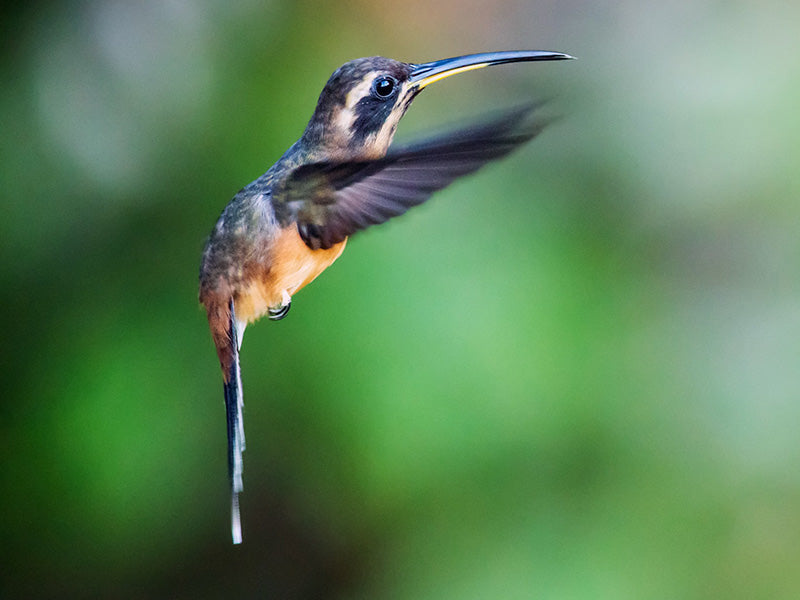Black-throated Hermit
The Black-throated Hermit (Phaethornis atrimentalis) Read in Spanish
Appearance: The Black-throated Hermit is a medium-sized hummingbird with a distinctive black throat and chest, which contrasts with its greenish upperparts and buffy underparts. It has a long, slightly decurved bill, which is typical of hermit hummingbirds.
Habitat: This species typically inhabits humid forests, including primary and secondary forests, forest edges, and plantations. It can be found in a range of elevations from lowlands up to montane areas.
Behavior: The Black-throated Hermit is known for its solitary nature and relatively aggressive behavior when defending its feeding territories. Like other hummingbirds, it primarily feeds on nectar from flowers, using its specialized bill to extract the sweet liquid. It may also consume small insects.
Breeding: During the breeding season, the female Black-throated Hermit constructs a hanging, cup-shaped nest using plant fibers, soft materials, and spider silk. The female incubates the eggs and cares for the young, while the male may defend the nesting territory.
Conservation Status: The conservation status of the Black-throated Hermit is currently categorized as "Least Concern" by the IUCN.
Distribution
The Black-throated Hermit (Phaethornis atrimentalis) It is important to note that this species has a limited distribution within the country and is typically confined to specific regions. The black-throated hermit is commonly found in the eastern Andes mountains of Colombia, particularly in areas with suitable habitats such as humid montane forests and cloud forests.
Taxonomy
The Black-throated Hermit (Phaethornis atrimentalis)
- Kingdom: Animalia
- Phylum: Chordata
- Class: Aves (Birds)
- Order: Caprimulgiformes
- Family: Trochilidae
- Genus: Phaethornis
- Species: Phaethornis atrimentalis
Vocalization
The Black-throated Hermit (Phaethornis atrimentalis)
The vocal repertoire of the Black-throated Hermit typically includes high-pitched chirping or twittering sounds. These vocalizations are often heard during interactions with other hummingbirds, especially during territorial disputes or courtship displays. The sounds produced by the Black-throated Hermit may vary in intensity and duration, depending on the context in which they are used.
In addition to vocalizations, the Black-throated Hermit also communicates through visual displays, such as flight patterns and specific body movements. These behaviors are integrated with vocalizations to convey information to conspecifics and ensure effective communication within the species.

